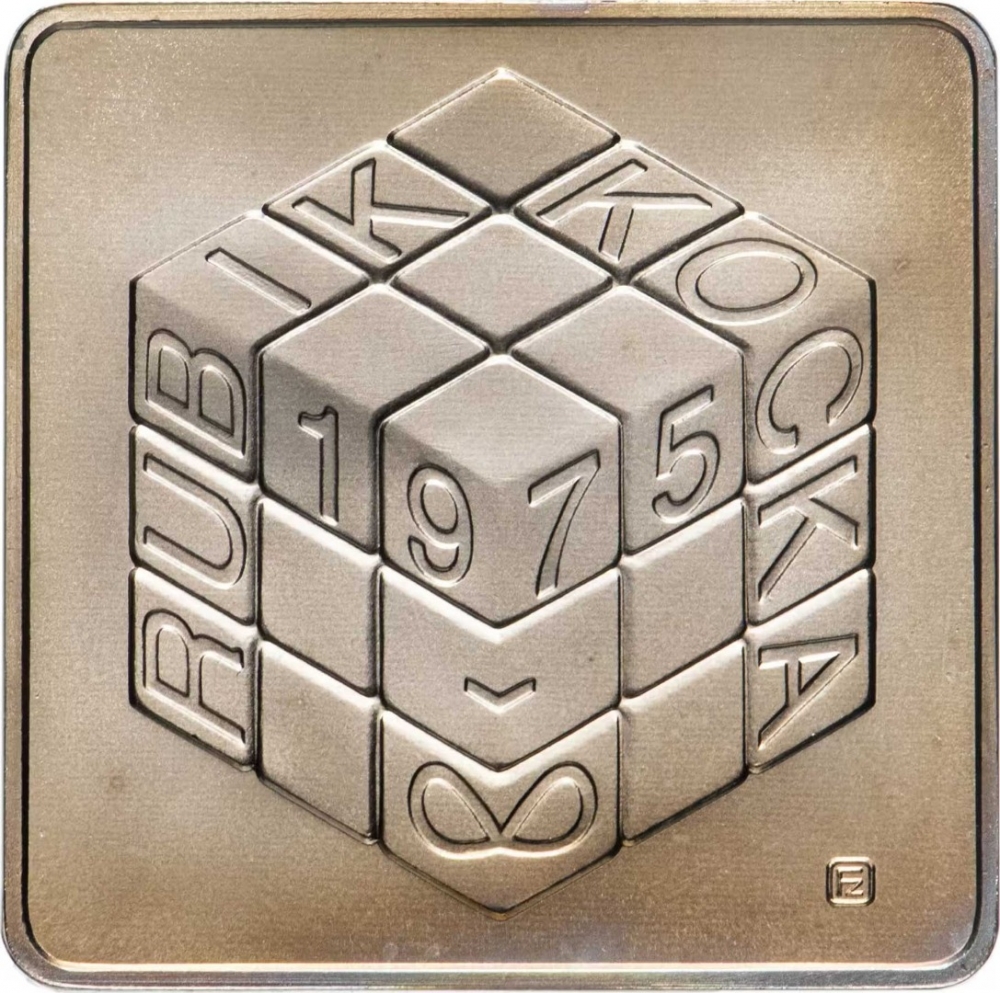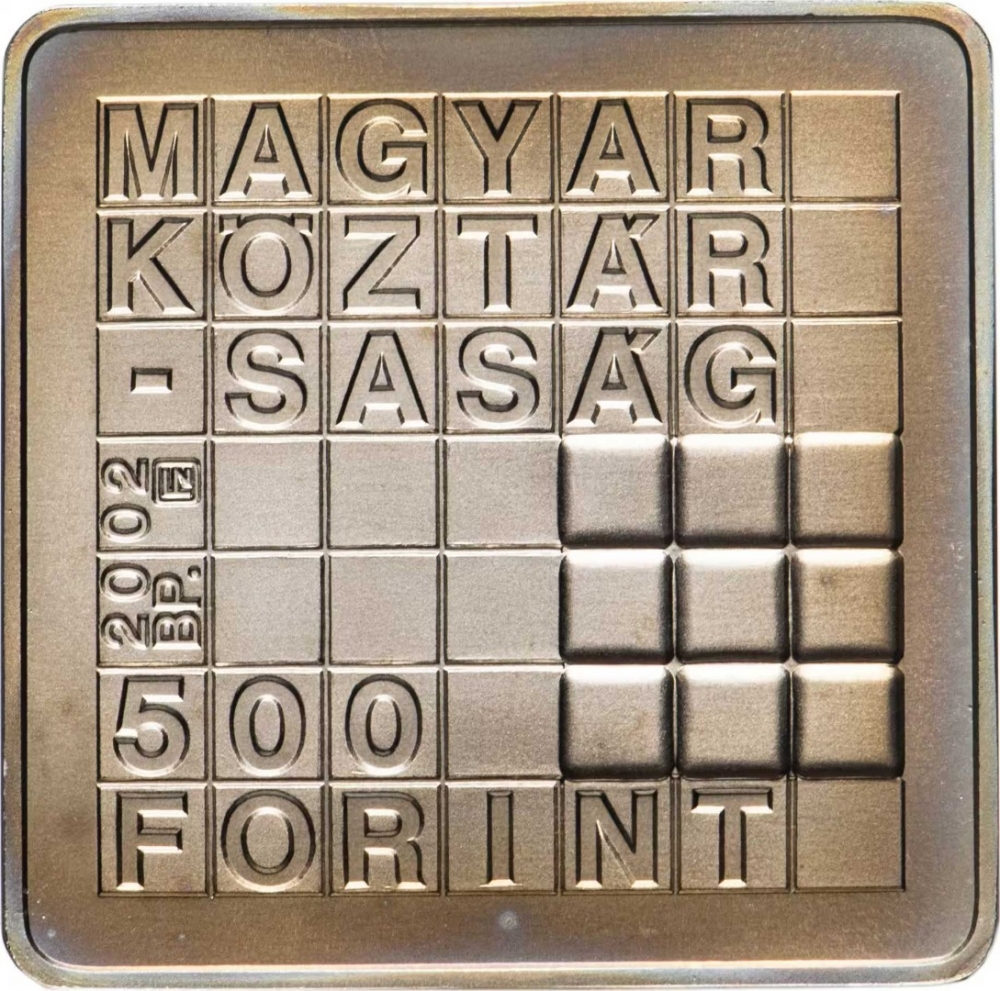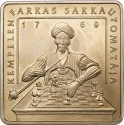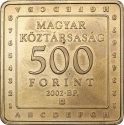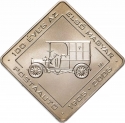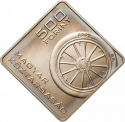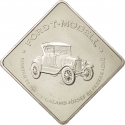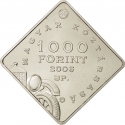You are about to finish your registration. Please check your mailbox (including spam folder). There should be a letter with a confirmation link. Check setting to make sure that your e-mail address is correct.
Send letter againDescription
Ernő Rubik (born 1944), a Hungarian inventor, is renowned for creating puzzles like the Rubik's Cube (1974), Rubik's Magic, Rubik's Magic: Master Edition, and Rubik's Snake. Beyond his puzzle creations, Rubik is actively involved in promoting science education through initiatives such as Beyond Rubik's Cube, the Rubik Learning Initiative, and the Judit Polgar Foundation. These efforts aim to engage students in science, math, and problem-solving from a young age.
Initially trained in sculpture at the Academy of Applied Arts and Design in Budapest, and later in architecture at the Technical University of Budapest, Rubik's interest in geometric models led to the invention of his iconic cube. As a design professor, he developed the prototype, comprised of 27 wooden blocks, taking a month to solve it himself. The cube, initially a tool for teaching algebraic group theory, gained popularity after its marketing by Konsumex in late 1977. By 1980, over 100 million authorized units of the Rubik's Cube were sold worldwide, along with numerous imitations. Inspired by the cube's success, Rubik established a studio in 1984, which produced another beloved puzzle toy, Rubik's Magic.
Engraver: Zoltán Fülöp
Obverse

|
Depicts the Rubik's Cube, with the letters "RUBIK" arranged from left to top, and "CUBE" from top to right within the cube's elements. At the topmost visible point of the cube, the year of the Rubik's Cube patent application is displayed, followed by an infinity symbol below it. In the bottom right corner, the engraver's privy mark. RUBIK |
|---|---|
Reverse

|
Depicts a 7 x 7 square grid featuring the country name (Hungarian Republic) in the first six squares of the top three rows. The year of issue, the mint mark (BP), and the engraver's privy mark are visible in the initial squares of the third and fourth rows. The denomination is shown in the first three squares of the sixth row. The final three squares of the fourth, fifth, and sixth rows depict plastic representations reminiscent of the Rubik's Cube. MAGYAR |
| Edge |
500 Forint
Third Republic
Hungarian Explorers and Their Inventions
Rubik's Cube by Ernő Rubik
Subscribe series
KM# 765 Adamo# EM183
Hungarian Explorers and Their Inventions
Rubik's Cube by Ernő Rubik
Characteristics
| Type | Commemorative Issue (Non-circulating) |
| Material | Copper Nickel |
| Weight | 14 g |
| Diameter | - |
| Width | 28 mm |
| Height | 28 mm |
| Thickness | 2.1 mm |
| Shape |
|
| Alignment | Medal |
| Mint |
Budapest Mint (BP)
|
Related coins
Hungarian Explorers and Their Inventions
Hungarian Explorers and Their Inventions
